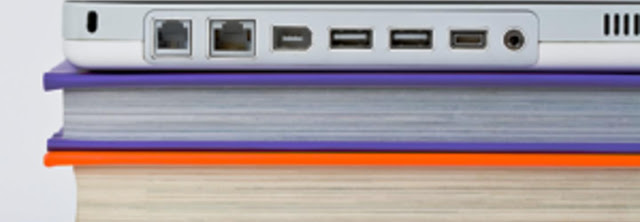The Internet is the most important medium for information dissemination. Blogs are a flew technology relatively live on the web. Tim Berner-Lee, the inventor of the web, created the first blog in 1992 when he built the first web.
Blogs are simply written by people that want to comment on special subjects of interest and wish to post news, information, and points of view on the Internet (Tirnpat 2006).
A blog is a simplified form of web publishing that allows anyone with a computer and Internet connection to post content online. As noted by Rebecca Blood, almost all weblogs are non-commercial ventures: they don’t make money for their maintenance, and in fact probably cost them a little (Blood, R 2002). The blogs are like a personal diary, dedicated to a particular area of interest, such as politics, education, business, or entertainment etc.
A blog entry typically consists of a short, descriptive title, a body with the main content, and the date and time it was posted. Some blogs may be annotated with comments by the blog readers (Tirapat, Espiritu and Stroulia 2006).
Weblogs (or blogs) are becoming a “new form of mainstream personal communication” for millions of people to publish and exchange knowledge/information, and to establish networks or build relationships in the world of all blogs, the so-called “blogosphere”.
Blogging is part of the process that started with tie Internet and that is changing the global communications. It is one way for individuals to publish material on the internet for everybody to read. The History of weblogs or weblogs is murky, but the term “weblog” is generally conceded to have been coined in December 1997 by Jorn Berger in his Robot Wisdom weblog.” The term was quickly shortened to “blog”.
Definition:
Blogs are simply ‘weblogs”, written by people that want to comment on special subjects of interest and wish to post news, information, and points of view on the Internet.
According to one of the blogging pioneer Winter (www.scriptingucom), the weblogs have the following characteristics:
Characteristics of Library Blogs:
- Personalized: it is designed for individual use and in some cases, there is collaboration “team blog” offered.
- Web-based: it is easy to maintain, accessible via web browser and updated frequently
- Community-supported: it can link other weblogs and websites, enabling linkage ideas and stimulating knowledge generation, sharing between bloggers.
- Automated: Automatic blogging tools are available to help bloggers in writing HTML code.
Blogging Tools:
There are several free and open source blogging tools available. These are categorized into three types (Du and Wagner 2006).
The first type tools provide basic content presentation features for creating link-driven text diaries. Although their interfaces are relatively less attractive, their easy to learn and use editing functional capability fits well to those who Simply wish to have a channel for the expression of opinions.
The second type tools focus on providing the rich interface (or multimedia capability) to share more than just content with the same click-and-post ease, and n supporting or hyperlinking Most of the bloggers are using this tool.
The third type of blogging technology Is providing, improved content distribution and between-blog Connectivity. These include integrated applications such as project management or workflow features, to enhance social networking and community building.
Library Blogs:
Blogs and wikis are some of the popular social tools (Farkas 2007). The existing blogs and bloggers have been motivating the libraries to start and make use of the resources. Blogs are placed to disseminate and also the place to get the feedback of library resources and services.
The blog used to motivate users to take advantage of library resources more frequently and more effectively- especially those electronic databases that are costly to lease and maintain. The blogs ultimately helping the students achieve intended learning outcomes (Ramsey and Kinnie 2006).
Library blogs are risk-free and generally causes no harm and fun to create. The creation of library blog to courseware is giving awareness about the education in the rapidly evolving technologies of blogging, news aggregation, social networking and search personalization. A good library blog is a long-term commitment.
A clear scope, a well-defined audience, a professional look, and regular maintenance required. The 0iies should include blog scope, intended audience, administrator, authors, and publication. There are many library blogs are available.
